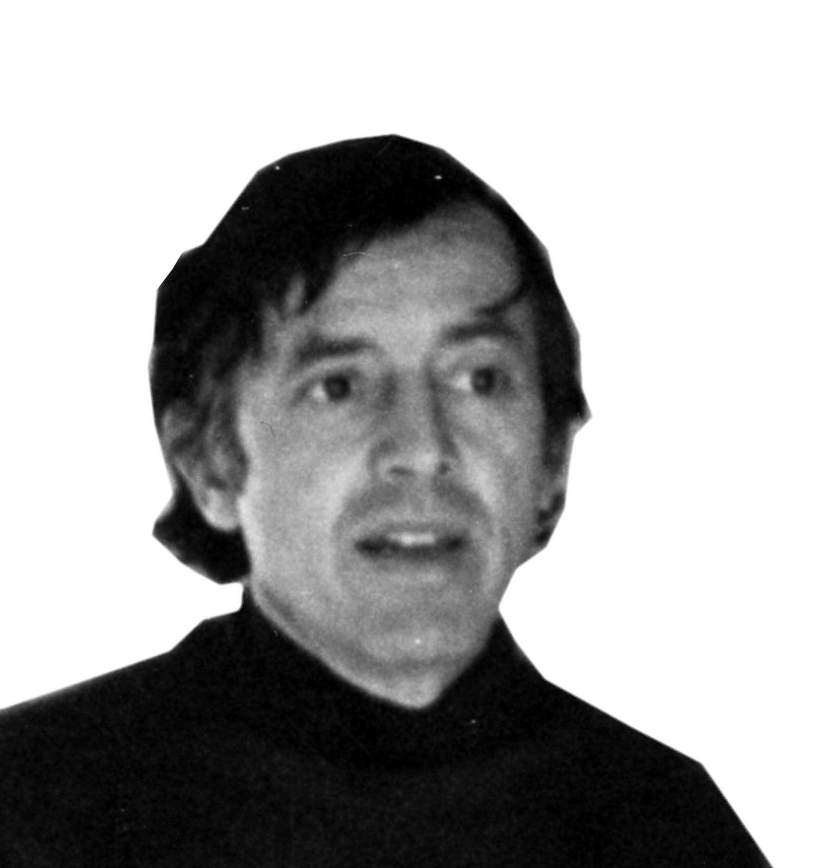1915-1994

and I myself am nothing at all.”
– Friedel Dzubas, letter to Prince Hubertus Löwenstein, February 4, 1941

Did you Know?
Friedel Dzubas was born in Berlin in 1915, where he studied art before fleeing the Nazi regime in 1939, eventually settling in Manhattan. By the end of the 1940s and early 1950s he was part of the center of the art world defined by American Abstract Expressionism in New York City—he shared a studio with Helen Frankenthaler in the early 1950s, and his work was included in group exhibits at the renowned Leo Castelli Gallery.
Key Facts
Friedel Dzubas arrived in the United States when he was 25 years old.
He’s best-known for his large lyrical abstract works that were influenced by German Expressionists.
The black grey oil “drawings” from the 60’s spoke about his hidden mixed feelings about his split Jewish and Catholic identity.
November Pogrom (Kristallnacht)
Nov 9-10, 1938
Dzubas’ brother Kurt’s newspaper and candy kiosk was among the thousands of buildings and businesses burned and Kurt was sent to a labor camp.
The Gestapo forced all trainees to labor camps but he was not there (he was in Berlin instead)
[image source: Bundesarchiv, Bild 146-1970-083-42 / CC-BY-SA 3.0]
Dzubas went on to have a well-regarded career—both as a teacher at noteworthy colleges and universities throughout the 1960s, 1970s and early 1980s; and as a painter of usually very large and lyrical abstract works that were shown in more than sixty solo exhibitions around the world. He married four times and had three children. One of the more important aspects of Dzubas‘ identity, reflected in his art, is the duality that defined his religious affiliation: his father was Jewish and his mother Catholic, and his shifting sense of self as one or the other of these resonates through particular paintings and drawings done over the years.
In this painting, from 1957, the Catholic iconography of the cross is highly abstracted but visible.
In 1959 Dzubas went back to Germany to visit his family after 20 years in the US. After this visit, he began to paint the “black drawings” where his conflicted feelings about his Jewish identity become more evident. He said “In those ten months in southern Germany and Austria . . . I rediscovered certain attitudes that come out of Catholicism as being quite potent.”
For some of the “black drawings” Dzubas chose the round, tondo format, a shape that often occupies the highest and most imposing space in medieval churches, like the rose window with its dense tracery around interlocking pieces of stained glass. This tie with Catholicism is also revealed by a stained-glass window of the Virgin Mary he had installed in his studio.
Title
Lorem
[credits]
Duality… Painter of Large Lyrical Abstract Works
In a prolific career that spanned nearly five decades, Dzubas articulated his mature painting style by the 1970s, creating a striking visual language from counterpoised abstract shapes of brushed color that he juxtaposed, overlapped, and opened to reveal his gessoed grounds. His early work in Berlin was influenced by Expressionist artists of the two primary groups known as Die Brücke and Die Blaue Reiter. As Dzubas told curator Charles Millard in 1982, “Their unheard-of brashness of color; that was really brave. That was very exciting. Color’s an emotional thing. These people not only spoke directly; they felt deeply. There was passion.” He continued to explore his emotions and identity through the expressive use of color throughout his career.
Watch the Conversations

